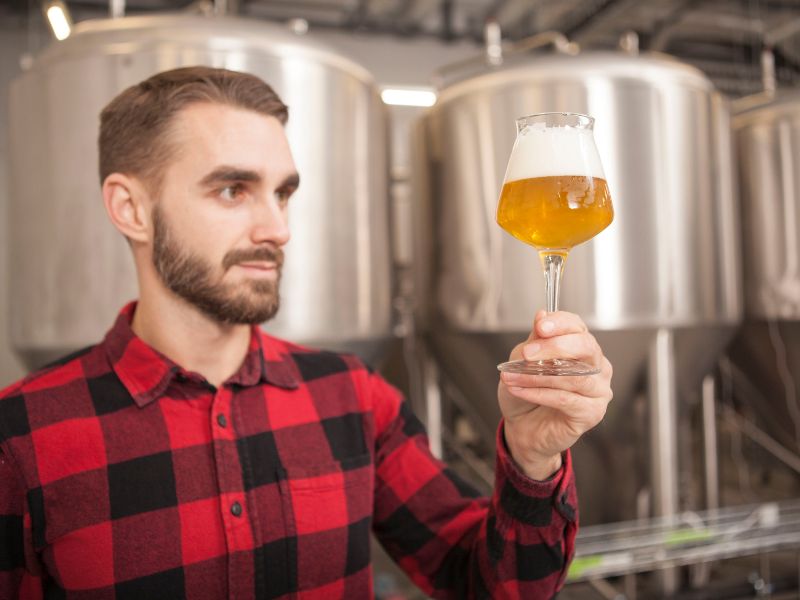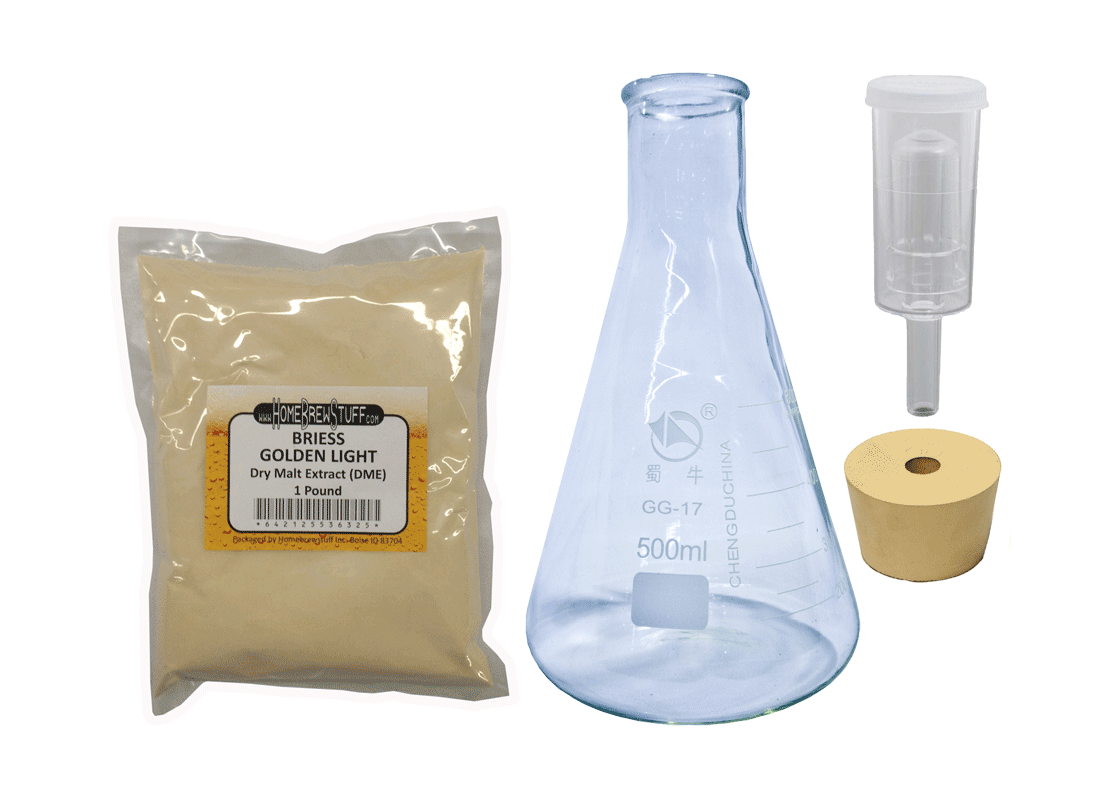A low-gravity wort that encourages the propagation of yeast cells is called a yeast starter. Although it looks like a small batch of beer, it is not meant to be consumed. Instead of directly pitching a liquid yeast packet, you add the starter to your wort. This gives you a better finished beer.
What Good Is A Yeast Starter?
Stressed yeast is more likely to occur when there are fewer yeast cells available for fermentation. Stressed yeast, like a weight lifter, is the result of too few cells being given an excessive amount of weight. Your beer will ferment, but the quality will suffer.
In contrast, better fermentation results from having more cells. The effectiveness with which yeast ferments the sugar in your wort is increased by yeast starters.
What Function Does A Yeast Starter Have?
The key to a successful yeast starter is aerobic respiration, or maintaining oxygen in the starter, which prevents the yeast from fermenting much more than just adding to its cell count. Yeast starters also offer the benefit of “proving” the viability of the yeast before brew day. Nothing is more frustrating than having no fermentation or a stuck fermentation due to bad yeast.
By heating dried malt extract with water, letting it cool, placing it in a flask, and adding yeast, you can create a “mini wort.” A foam stopper will protect against infection while still letting enough air into the starter to keep it aerated. The best results will come from using a stir plate, which will speed up the fermentation process by keeping the yeast in the air and making it work harder.
If you can’t use a stir plate, sometimes it’s best to give the flask a good whirl. If your yeast starter is healthy, you will also be able to see that it is working because CO2 bubbles will emerge from the solution as you swirl it.
Usually, 24-48 hours is enough time for yeast starters (although some strains like lager stains can take a bit longer to propagate). It is preferable to pitch the yeast during or just after its peak activity when the yeast has greatly multiplied and is still very active. In addition to ensuring a healthy fermentation, this will shorten the period before fermentation starts in your beer.
Making A Yeast Starter
Prepare your yeast starter 24 to 48 hours before your brew day.
Here is some of the most common equipment & ingredients needed:
- 1/2 cup of plain dried malt extract (DME)
- ½ tsp. yeast nutrient
- 1 qt of filtered water
- Any small pot
- 1 gallon glass jug or a Pyrex flask with sufficient headroom for a mini-fermentation
- Bung or just some sanitized tin foil
- liquid yeast at room temperature

How to make the starter:
- In the small pot, heat 1 quart of water to a rolling boil. Boil the water for 10-15 minutes after stirring well and adding 1/2 cup of DME.
- Then remove from the heat for cooling.
- The beginning wort should be cooled to a temperature of around 68 to 75 degrees Fahrenheit in the refrigerator or a shallow bath of cold water.
- Once cooled, transfer the beginning wort to a flask or jug that has been cleaned and sanitized.
- To aerate the wort, place a solid bung or piece of tin foil over the flask or carboy’s opening and shake ferociously.
- Then add the liquid yeast to the starter wort.
- Seal the container with a fresh piece of foil, bung, or a foam plug.
- As often as you can, shake or swirl the starting to add oxygen. For best results, create or purchase a stir-plate (no periodic shaking required!).
We strongly advise producing a yeast starter 24-48 hours before your brew day if you’re brewing a large batch of beer. An average pack of beer yeast is meant to ferment an average ale with a starting gravity of about 1.040. A single yeast pack can easily ferment a beer with a gravity of up to 1.060, but anything over this poses some unique difficulties for the brewer. It is easy to imagine that a beer that needs to ferment twice as much sugar will require at least twice as many yeast cells. Additionally, it is very beneficial if the yeast cells are healthy and active, rather than inactive.
Without a strong start, it’s possible that the yeast won’t be able to manage the high sugar content, leaving the beer syrupy and lacking in carbonation. By making a yeast starter, you can make a lot more active yeast cells and get the yeast ready to ferment. The use of a yeast starter for lager fermentation is also very beneficial because the increased cell count shortens the time before fermentation begins and helps prevent off flavors.
The best homebrewers normally take the time to make a starter and give their yeast the best opportunity to make great beer.
youhadmeatbeer.com, 2022 (c) All rights reserved. Without previous written consent from youhadmeatbeer.com, no part of this publication may be duplicated or communicated in any way, whether it be electronically, mechanically, photocopying, recording, or otherwise.

